Parliament | The Feedback Economy Isn’t Going Anywhere
I'm sitting in family therapy with my husband and two of our three kids—a 12-year-old and a 14-year-old—when it hits me…
We're not just living in a feedback culture anymore. We're living in a feedback expectation economy.
And if you think your Glassdoor reviews are tough, try explaining to your teenager how “lucky” they are to be in therapy with their parents.
The New Rules of Engagement
Here's what became crystal clear in that therapy session: younger generations don't just want to be heard—they expect their feedback to create actual change. This isn't entitled behavior; it's evolved behavior.
Think about it:
They've grown up with algorithms that adapt to their preferences in real-time
Their apps update based on user feedback within days, not quarters
They've watched social movements shift entire industries through collective voice
They expect systems to be responsive. And guess what? We are their systems.
From Family Systems to Work Systems
What works in family therapy works in the boardroom. The same dynamics playing out between parents and kids are happening between leaders and teams:
Old Model: "Because I said so" (whether you're a parent or a CEO)
New Reality: "Here's why, and here's how your input matters."
Your employees—especially the younger ones—aren't just looking for paychecks. They're looking for proof that their voices create change. They want to see their feedback loop back into better systems, better processes, better cultures.
And here's the kicker: they're right to expect this.
Strong Back, Soft Front Leadership
Brené Brown nailed it with this concept, and it's never been more relevant. In our continuous feedback loop world, leaders need:
Strong Back: Crystal-clear values and non-negotiable principles
Know who you are as a leader
Stand firm on your Brand Being fundamentals
Don't bend on core values just because feedback is uncomfortable
Soft Front: Open hearts and minds to input that improves systems
Listen with genuine curiosity, not defensive strategy
Implement changes when feedback reveals better ways
Admit when you're wrong (groundbreaking concept, right?)
The Feedback Paradox
Here's where it gets tricky: in a world of constant feedback, you need to be more anchored in your identity than ever before. Without that strong back—that clear sense of who you are and what you stand for—you'll get blown around by every opinion.
But with just the strong back and no soft front? You become irrelevant faster than a Facebook post from 2012.
What This Means for Your Brand
Your brand isn't just competing against other companies anymore. It's competing against every responsive system your audience interacts with daily.
If Netflix can learn my viewing habits and Amazon can predict what I need before I know I need it, why shouldn't your employees expect you to actually implement their suggestions for improving workplace culture?
Your Brand Being isn't just about who you are—it's about how quickly you can evolve while staying true to your core.
The Real Work
The next time someone on your team gives feedback, before you explain why it won't work, ask yourself:
Does this challenge my values, or just my processes?
What would implementing this say about who we are as a company?
How can I respond in a way that honors both our identity and their input?
This isn't about becoming a pushover. It's about becoming antifragile—getting stronger from the stress of constant feedback rather than being weakened by it.
Your Action Item
This week, try this: When you receive feedback (from kids, employees, clients, anyone), pause and identify whether your initial reaction is coming from your strong back (values-based) or a rigid front (fear-based).
Then respond accordingly.
Because in a world where everyone expects to be heard and acted upon, the leaders who thrive will be those who can discern between feedback that threatens their core and feedback that strengthens their impact.
Remember: We're not here to change how the world sees you. We're here to change how you see yourself—and sometimes, that means seeing yourself through the feedback of others.
Ready to build that strong back, soft front leadership style?
P.S. — If you're struggling to distinguish between your non-negotiable values and your outdated processes, our Brand Being Method can help you find that strong back you need to navigate all this feedback with confidence. Because knowing who you are isn't just good parenting—it's essential leadership.
Artwork by Nya McClain, article by Senior Art Director, Bri Thomas
AI Optimizes for Average (And Average Brands Die)
Here's the uncomfortable truth: AI is making everyone mediocre at exactly the same time.
Every founder with a Canva Pro subscription thinks they're a designer now. Every startup with access to ChatGPT believes they've cracked copywriting. And the result? A marketplace flooded with brands that look like they were all designed by the same algorithm—because they essentially were.
AI trains on existing data, which means it's fundamentally backward-looking. It analyzes what's already been done, finds the patterns, and regurgitates variations of the same safe, tested approaches. The problem? Safe and tested is the kiss of death in branding.
While your competitors are churning out AI-generated "professional" logos that could belong to any company in any industry, the brands that break through are the ones living in the uncomfortable spaces that algorithms can't navigate. They're the ones willing to make choices that feel risky, that might not test well, that require actual human judgment about what their specific audience craves.
AI can generate a thousand variations, but it can't tell you which shade of red will make your founder feel seen or which typeface captures the exact tension between approachable and authoritative that your culture demands. It doesn't understand that sometimes the "wrong" choice is exactly right for your brand.
The companies winning right now aren't the ones with the most sophisticated AI tools—they're the ones with taste and the ability to wield these tools like weapons. They understand that breakthrough brands aren't born from optimization; they're born from the messy, human process of making choices that feel authentic to who you actually are.
While everyone else is optimizing for average, the space for brands with actual point of view has never been wider.


